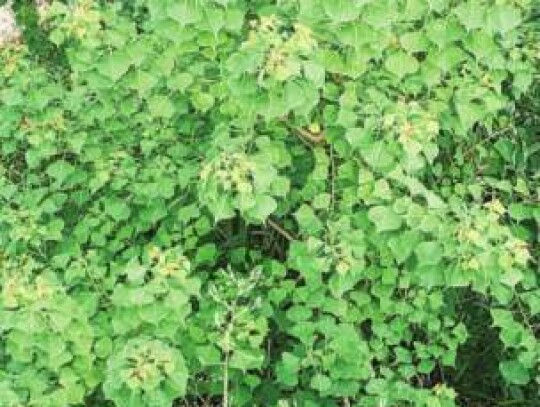The Cibolo Center for Conservation has more than 164 acres of maintained and monitored land. We benefit from having land management experts, research scientists, master naturalists and more to help us implement best practices to keep our land healthy.
For many landowners, that may not be the case because mother nature does whatever she wants, and for some, it can be overwhelming to manage acreage regardless of the size.
This season has been so dry that it can be challenging to figure out how to properly care for your land to mitigate drought threats like fires and more.
A great place to start, especially around the Fourth of July holiday, with increased fire danger, is to have an exit plan. Identify safety zones and keep your fuel sources in check. Always be aware of low relative humidity, high wind and fuel sources.
The inversion “cap” is off in the late afternoon so pay close attention. If there is a wildland fire in progress, flag or man the entrance to your property, slow down if there is smoke on the road and always support your local firefighters.
Another strategy is to make sure you are following your designated watering day. A green yard does not burn as quickly as a brown yard. But note that the fuel load within a well-groomed urban interface yard is not that great either.
Large decorative bunch grasses and the ladder fuels within your yard can be problematic so keep an eye out. When in doubt, ask an expert. Follow the Boerne Chapter of the Native Plant Society of Texas for information and resources on native and local grasses. You can also visit a nursery to see what you can do keep your plants safe too.
We know that fireworks will be active for several days following the holiday, so remember always to practice safety first. When purchasing your pyrotechnics for your festivities, make sure to have a great time and be careful with the sticks and fins! Sticks and Fins are supposed to travel upward but can land on someone else’s property or structures when they pop off in the wrong direction. Sticks are fireworks with sticks at the end, and fins are free-standing fireworks. Know what you are purchasing for the land you have and keep an eye out on the day’s conditions, too.
Lastly, make invasive plant removal a part of your land management plan year-round. Some invasive plants to look out for are the Chinese Tallow Tree, Wax Leaf Ligustrum and China Berry, which build up the seed bank for distribution this fall. Cut early and cut often!
Considering the limited amount of rain predicted in the coming weeks, droughts are an opportunity to improve soil conservation and create long-range management plans. Droughts will readily identify the invasive plants you need to remove, so get busy.
Good land management is a commitment and should be consistent. Make sure you mow your perimeter to create a boundary/break, limb up and thin out the Junipers within your safety zones and keep your grasses short and your gutters clean.
Two final tips to keep in mind are if you find a snake, first identify it by taking a photo and then observe the snake to know where it spends its time, so you know where to avoid it. You can relocate the snake with an old 5-gallon bucket and a broom. Snakes are essential to our ecosystem, so don’t kill them.
Finally, if you need help from your local firefighters, ensure you have plenty of cold water on hand and throw in a couple of brisket sandwiches. Those folks are working every day to keep us safe.
You can learn more about our conservation resources and land management at www.cibolo.org.







Comment
Comments